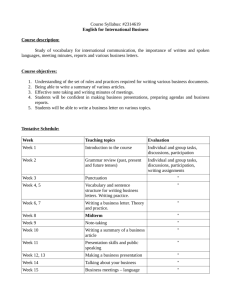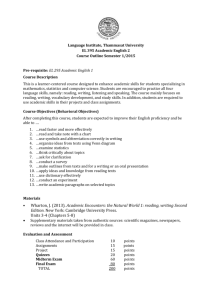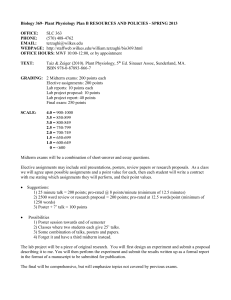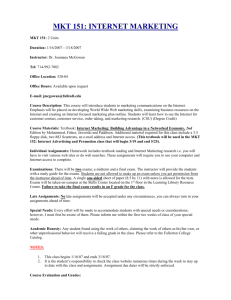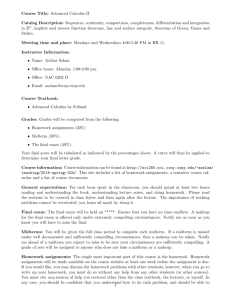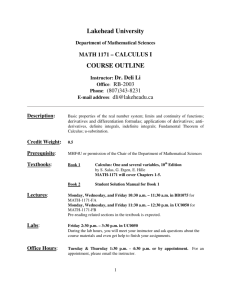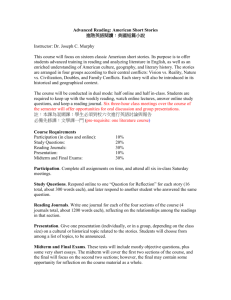Mira B. Bergelson
advertisement
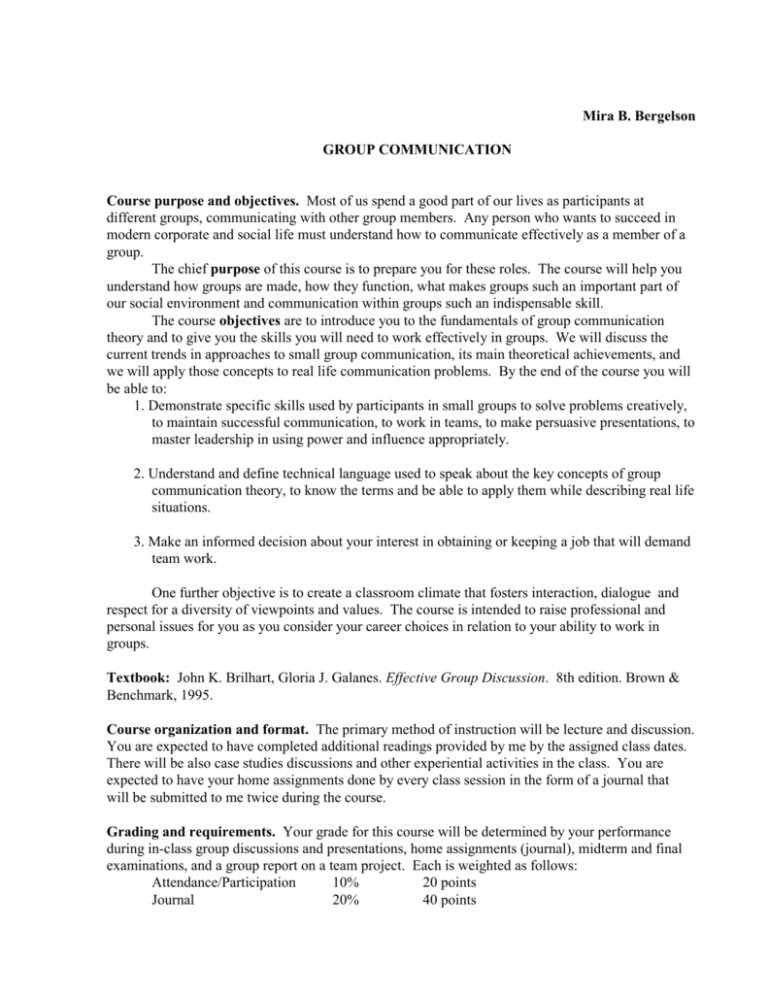
Mira B. Bergelson GROUP COMMUNICATION Course purpose and objectives. Most of us spend a good part of our lives as participants at different groups, communicating with other group members. Any person who wants to succeed in modern corporate and social life must understand how to communicate effectively as a member of a group. The chief purpose of this course is to prepare you for these roles. The course will help you understand how groups are made, how they function, what makes groups such an important part of our social environment and communication within groups such an indispensable skill. The course objectives are to introduce you to the fundamentals of group communication theory and to give you the skills you will need to work effectively in groups. We will discuss the current trends in approaches to small group communication, its main theoretical achievements, and we will apply those concepts to real life communication problems. By the end of the course you will be able to: 1. Demonstrate specific skills used by participants in small groups to solve problems creatively, to maintain successful communication, to work in teams, to make persuasive presentations, to master leadership in using power and influence appropriately. 2. Understand and define technical language used to speak about the key concepts of group communication theory, to know the terms and be able to apply them while describing real life situations. 3. Make an informed decision about your interest in obtaining or keeping a job that will demand team work. One further objective is to create a classroom climate that fosters interaction, dialogue and respect for a diversity of viewpoints and values. The course is intended to raise professional and personal issues for you as you consider your career choices in relation to your ability to work in groups. Textbook: John K. Brilhart, Gloria J. Galanes. Effective Group Discussion. 8th edition. Brown & Benchmark, 1995. Course organization and format. The primary method of instruction will be lecture and discussion. You are expected to have completed additional readings provided by me by the assigned class dates. There will be also case studies discussions and other experiential activities in the class. You are expected to have your home assignments done by every class session in the form of a journal that will be submitted to me twice during the course. Grading and requirements. Your grade for this course will be determined by your performance during in-class group discussions and presentations, home assignments (journal), midterm and final examinations, and a group report on a team project. Each is weighted as follows: Attendance/Participation 10% 20 points Journal 20% 40 points Midterm exam 20% 40 points Final exam 25% 50 points Team projects 20% 40 points Presentation 5% 10 points The final grading is based on the accumulated number of points. Attendance/Diligence/Participation. You are supposed to attend all classes, come to the class prepared and actively participate in all in-class activities - both individual and team-structured. Journal. You are required to keep a journal which you are supposed to fill out on a weekly basis with your observations and comments on various group activities, instances of group communication, decision making et al. you observe in your daily practice. If there are additional reading assignments you are supposed to comment on them too. Keeping this journal will allow you to apply the concepts and theoretical framework you study during this course to real life practices. Midterm. The midterm test for this class is an essay and critical incident case, based on the material covered in the textbook. Final. The final test for this class is a multiple choice exam, based on the material covered in the textbook. Team project. You will work as a member of a small group, a team of communication consultants dealing with certain problems in group communication. Your task will be twofold: project #1 creating your own project group in a team work situation and evaluating (individually) its work using for analysis the knowledge you are getting in the course; project #2 - each team then presents its project for the rest of the class, observes the presentation by other groups, and prepares a joint written report on other groups' projects that will be graded based on the substance and formal requirements for written assignments (see below). Class presentation. Your team project will be presented by your team in class. Each member of the team will have his/her part to deliver. The presentation will be judged upon the main criteria of successful persuasive discourse. LEARNING SCHEDULE TOPICS Introduction to the course. The Small Groups in Everyone's Life ASSIGNMENT Chapter 1 The Small Group as a System. Chapters 2 Human Communication Process in Small Groups Team project assignment discussion Chapter 3 Verbal and Non-verbal Signals in Small Group Communication Team project designs discussed Chapter 4 Developing the small group: The Members From Individuals to Group Chapters 6, 7 Developing the Small Group: Perspectives on Leadership in Small Groups Chapter 8 Developing the Small Group: Serving as Designated Leader Midterm test Journal due to submission Chapter 9 Effective Problem Solving in the Small Group Problem-Solving Discussion Chapter 10 Effective Problem Solving in the Small Group Decision Making in Small Groups Chapter 11 Managing Conflict in Small Groups - Responding to criticism - Raising delicate issues - Power of encouragement Chapter 12 Special Discussion Techniques and Methods Chapter 13 Observing Group Discussions Chapter 14 Performing and presenting group projects The Effects of Culture on Small Group Communication Journal due to submission Team projects due to submission Final test Chapter 5

